Hello anybody out there..
I took the boat down to the local duck pond. Wet humid sticky day. Still without a prop shaft. (that has since arrived) No ducks, plenty of water from last weeks deluge. Good opportunity to look at the trimming, and take some photos of how she looks in the water. I had put some foam and ballast lead in along the lines of how It usually is positioned according to the experience I have with these boats. Big chunk of foam in the front and squeeze as much in the back at I can.
Initially when she first went in the water she was stern heavy. Took it out and shifted weight up front then squeezed even more foam in the stern. Lower cubic area in the stern means less buoyancy anyway. I think she looks quite nice in the water and I can't wait to see her under power. The photos of her from the 7 o'clock position look like some of the main photos taken of the real boat.
Hopefully the next pic's will be of her underway and underwater. As mentioned earlier I have a kit in production if there's interest. I'm also trying to get a website up and running.
Any comments appreciated.
David h








I took the boat down to the local duck pond. Wet humid sticky day. Still without a prop shaft. (that has since arrived) No ducks, plenty of water from last weeks deluge. Good opportunity to look at the trimming, and take some photos of how she looks in the water. I had put some foam and ballast lead in along the lines of how It usually is positioned according to the experience I have with these boats. Big chunk of foam in the front and squeeze as much in the back at I can.
Initially when she first went in the water she was stern heavy. Took it out and shifted weight up front then squeezed even more foam in the stern. Lower cubic area in the stern means less buoyancy anyway. I think she looks quite nice in the water and I can't wait to see her under power. The photos of her from the 7 o'clock position look like some of the main photos taken of the real boat.
Hopefully the next pic's will be of her underway and underwater. As mentioned earlier I have a kit in production if there's interest. I'm also trying to get a website up and running.
Any comments appreciated.
David h




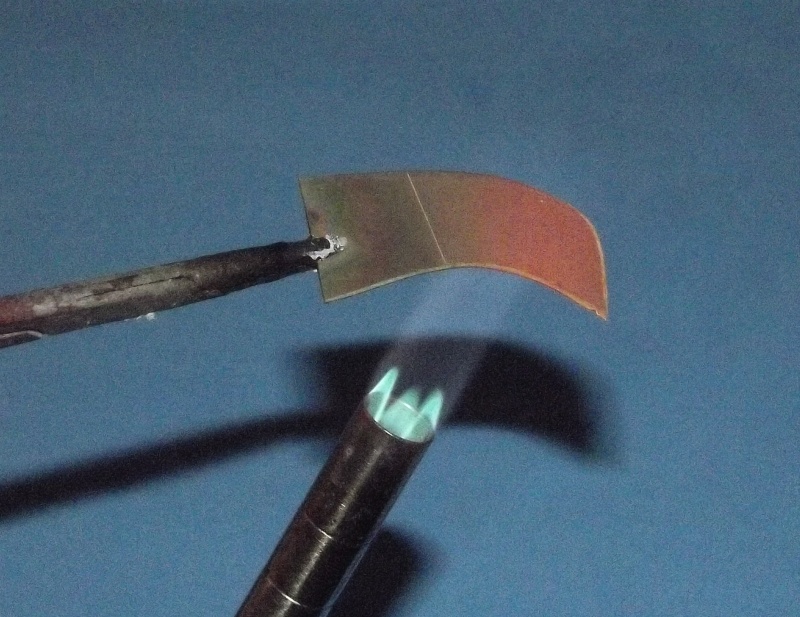


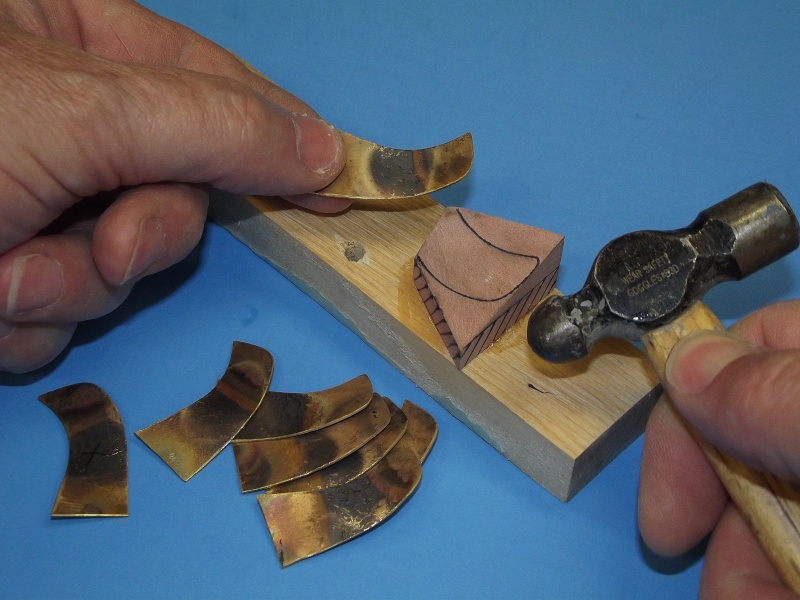

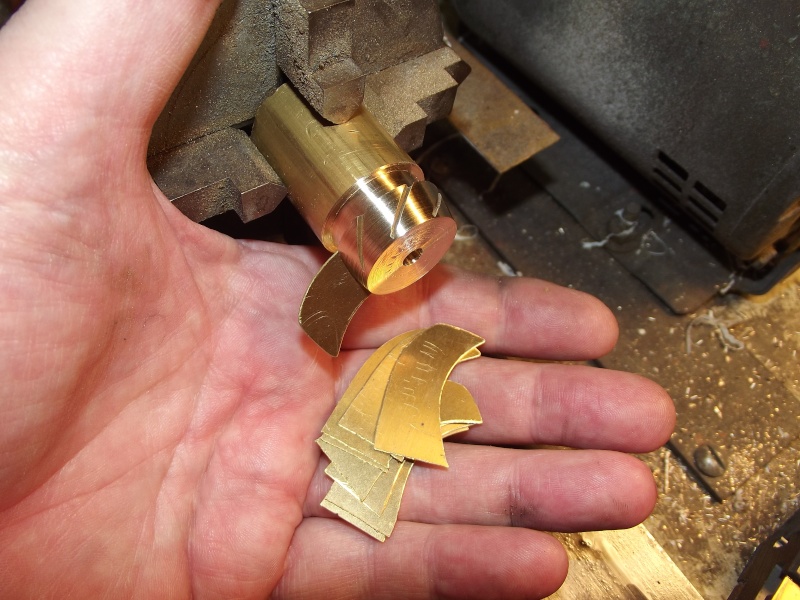
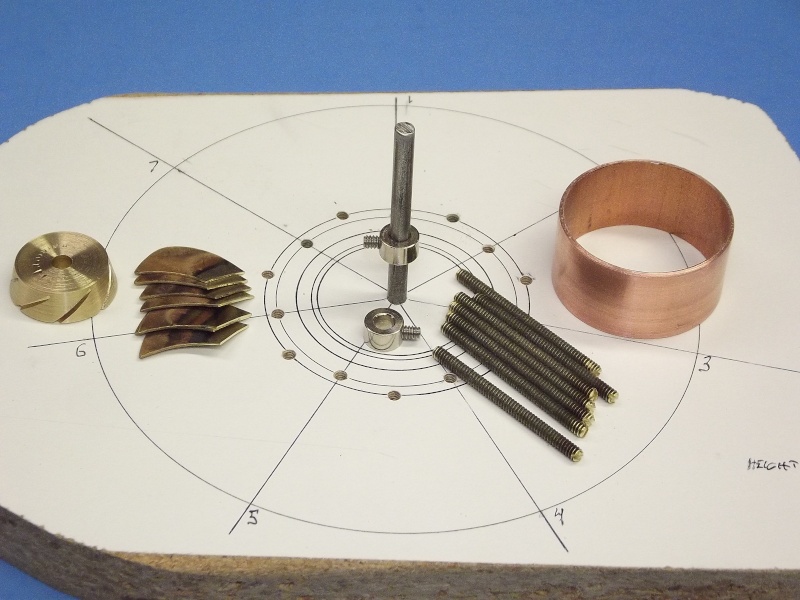
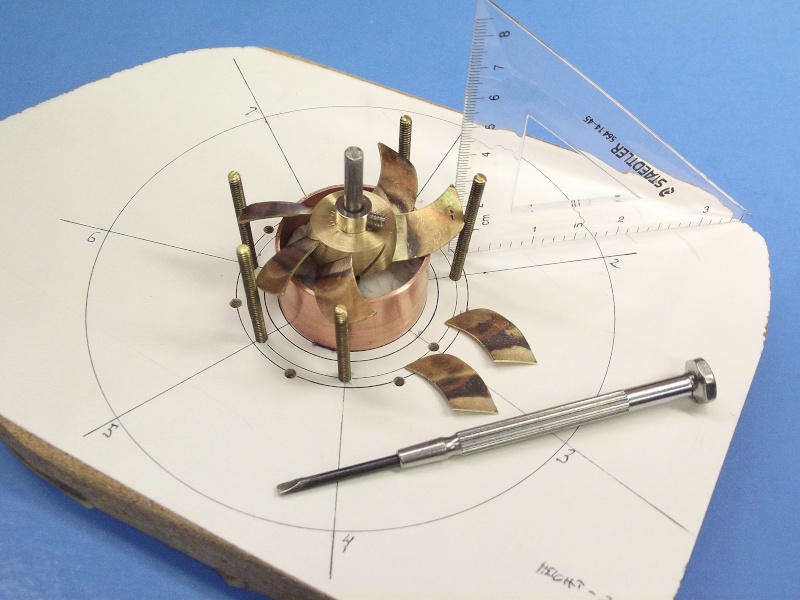
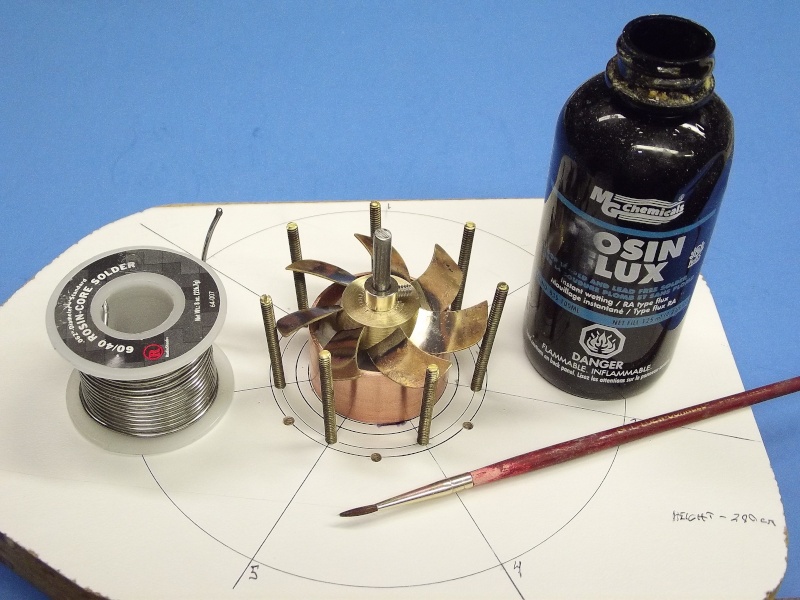
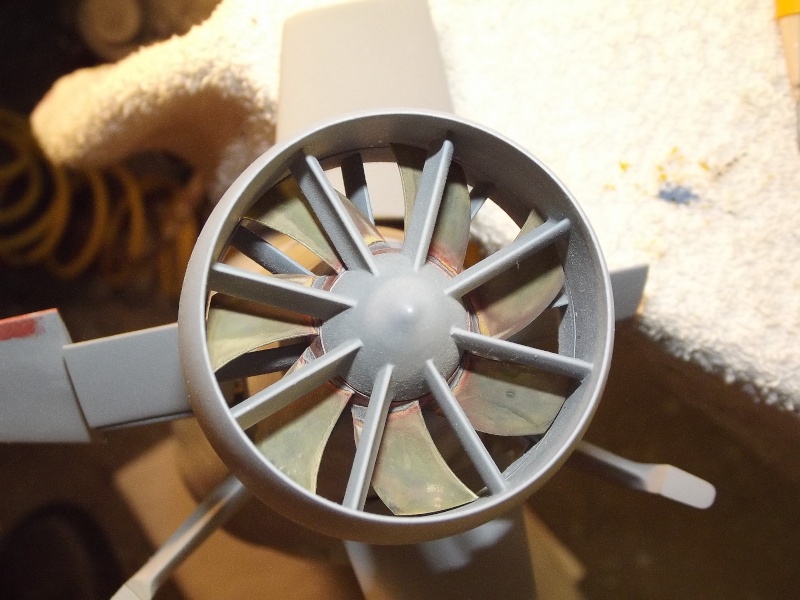
Comment